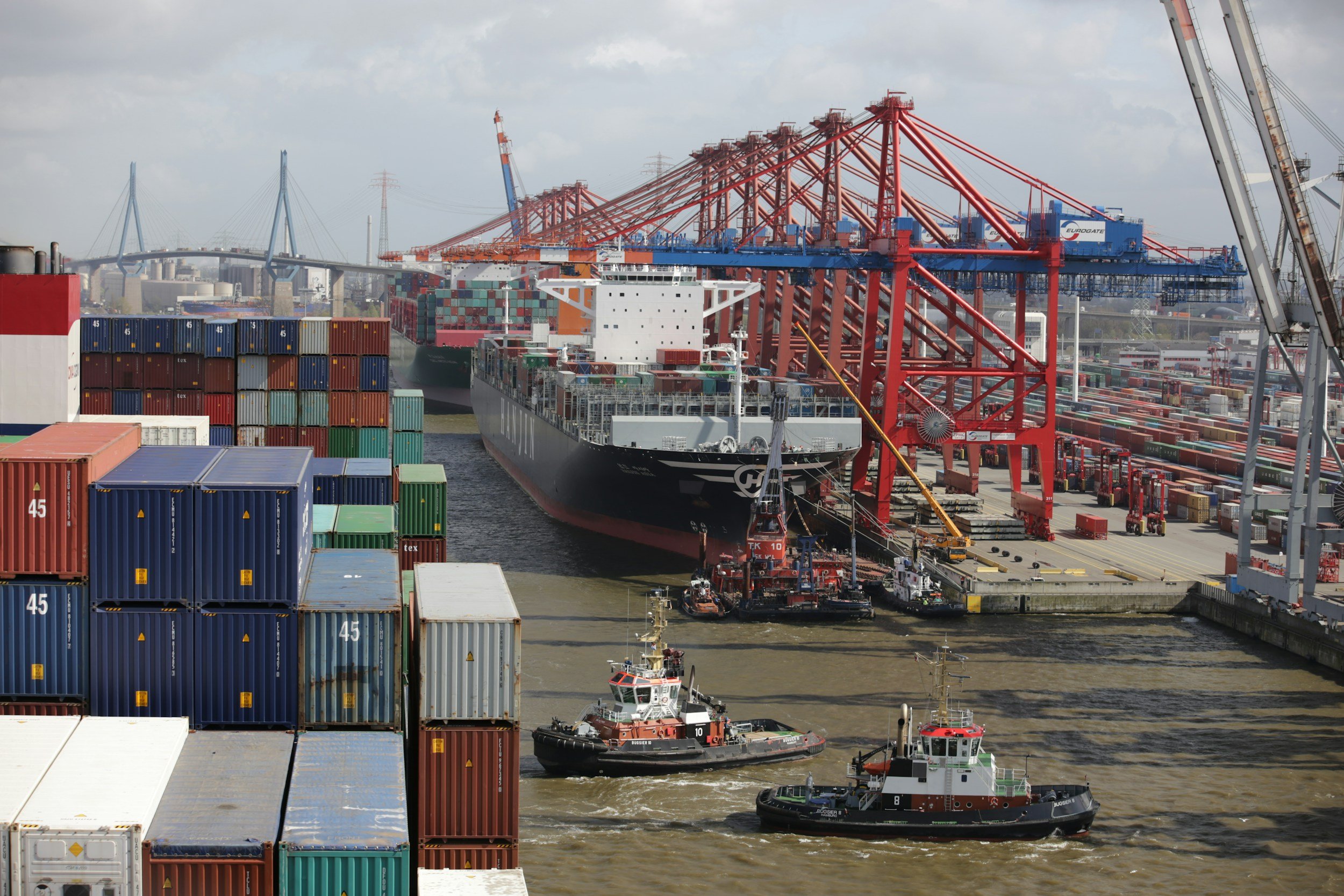
Supply Chain Map
Mapping the Backbone of the Southeast Wind Energy Industry
Southeast Wind Energy Industry Supply Chain Asset Mapping Project
This interactive map showcases over 500 supply chain assets across Alabama, Arkansas, Florida, Georgia, Kentucky, Louisiana, Mississippi, North Carolina, South Carolina, Tennessee, and Virginia. Discover the diverse resources, businesses, and capabilities that are driving the growth of the wind energy industry throughout the Southeast.
Despite the very small amount of utility-scale wind installed, the Southeast is home to a significant portion of the industry’s manufacturing supply chain. At present, there are more than 112 manufacturing facilities in the 11 southeastern states that already service or have the potential to service the wind industry.
The Southeast is also home to some of the greatest ports and logistics infrastructure in the country. With deep channels, ample lay-down space, and a skilled maritime workforce, the region’s port system is well-positioned to support the onshore and offshore wind industries.
Because of these advantages, wind energy provides a tremendous economic development opportunity for the Southeast. As land-based and offshore wind projects develop, an ecosystem of co-located suppliers follows. Discover more using the map below.
Interested in being featured on the map?
Complete the form below, and let’s connect!
Learn About the Wind Energy Supply Chain
-
The Inflation Reduction Act (IRA) of 2022 significantly expanded tax incentives for offshore wind and other clean energy projects. Through the end of 2024, offshore wind developments can benefit from extended and enhanced Investment Tax Credits (ITC) and Production Tax Credits (PTC), with a transition to technology-neutral credits beginning in 2025. These new credits—available to projects with net-zero emissions—will phase out in 2032 or when U.S. power sector emissions fall to 25% of 2022 levels. The ITC provides a base credit of 6% of project cost, increasing up to 30% if projects meet prevailing wage, apprenticeship, domestic content, and energy community requirements.
The PTC offers inflation-adjusted, per-kilowatt-hour credits for 10 years post-installation and is similarly boosted by domestic sourcing and location factors. Final IRS regulations uphold the 80/20 Rule for retrofitted projects, allowing older components as long as new capital investments make up at least 80% of the asset’s value.
Beginning in 2025, the Clean Energy Production Tax Credit will replace the PTC, offering credits for any zero-emissions generation source regardless of technology, further enhancing the long-term financial viability of offshore wind projects.
-
Tier 1 → Direct suppliers who provide goods or services to a company. For OSW, tier 1 suppliers are those who are direct manufacturers of OSW turbines.
Tier 2 → Suppliers who provide materials or components to tier 1 suppliers. Tier 2 for OSW are subcontractors that provide the components for the turbines.
Tier 3 → Any raw material suppliers who provide material like steel and fiberglass.
Tier 4 → Sub-component suppliers; They produce smaller parts that are used to create the components in Tier 2, such as bolts, bearings, and electrical parts.
Tier 5 → Raw material processors; They process raw materials into forms usable by component manufacturers.
Tier 6 → Raw material extractors; These companies extract raw materials from natural sources.
Tier 7 → Packaging suppliers; They provide the materials and products used to package and protect turbine components during transportation.
Tier 8 → Ancillary service providers; These companies offer services that support the entire supply chain, such as transportation, storage, and logistics.
Tier 9 → Support and maintenance providers; They ensure that all equipment and systems used in the supply chain function properly, providing repair and maintenance services.
Tier 10 → Recycling and disposal service; They handle the recycling and disposal of wind turbine components and materials at the end of their life cycle.
-
North Carolina
Nucor Steel – Hertford: Produces steel used in turbine foundations and component structures for offshore wind.
SpanSet USA: Supplies critical rigging, lifting, and safety gear for offshore construction.
Saertex USA: Produces advanced composite materials used in wind turbine blade manufacturing.
Southwire – Huntersville: Manufactures underground and submarine transmission cables.
📌 North Carolina ranks #1 in offshore wind power potential among Atlantic states, with potential savings of $2.6 billion annually by switching from fossil fuels.
South Carolina
Prysmian Group – Abbeville: Manufactures onshore transmission cables and testing equipment for projects like Cape Wind.
Nexans – Charleston: Hosts the first U.S. facility for high-voltage subsea cable production, employing 150+ workers; contributed to South Fork Wind.
Clemson University Energy Innovation Center: One of the most advanced wind turbine drivetrain and grid testing facilities in the world.
Carver Companies: Operates a 40+ acre port terminal supporting wind project logistics.
Hubbell Power Systems – Aiken: Global supplier of offshore wind electrical components and systems.
📌 South Carolina could meet 64% of its current electricity needs with offshore wind, potentially saving $1.4 billion per year.
Virginia
LS Greenlink: A $681 million subsea cable facility investment creating 300 permanent, high-paying jobs to support offshore wind grid integration.
Charybdis: The first Jones Act-compliant U.S.-flagged Wind Turbine Installation Vessel (WTIV).
Dominion Energy: Developer of the Coastal Virginia Offshore Wind (CVOW) project—one of the largest offshore wind farms under development in the U.S.
📌 Offshore wind could eliminate fossil fuel power plants in Virginia and save ratepayers nearly $1.9 billionannually.
Louisiana
Gulf Wind Technology: Receives $10 million investment from Shell to drive turbine R&D tailored to Gulf of Mexico conditions, supporting R&D and engineering jobs.
Metal Shark Boats: Constructs crew transfer and service vessels for offshore wind and oil & gas industries.
⚓ Eco Edison: Built in Louisiana, this vessel is the first American-made service operations vessel (SOV) supporting Ørsted's wind farms.
📌 Louisiana’s shipbuilding industry is rapidly expanding to meet offshore wind needs.
Kentucky
Nucor Steel: Investing $1.7 billion in a new facility to produce monopile foundations for offshore wind, creating over 400 high-quality jobs.

